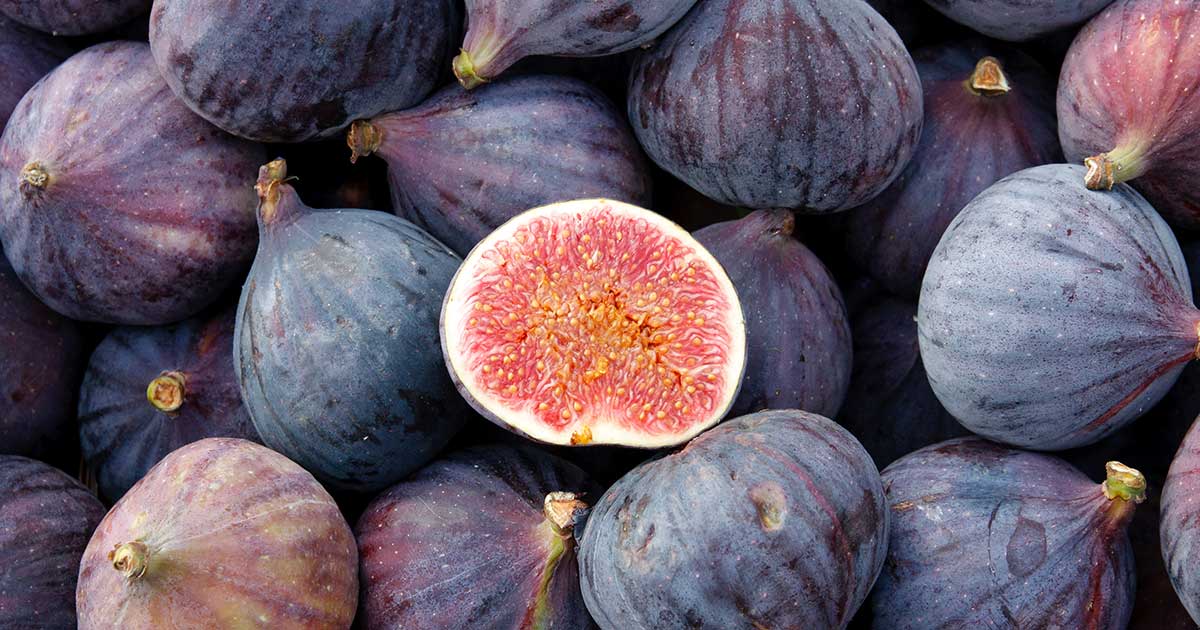Common fig or Ficus Carica, is one of the oldest fruit trees native to the Mediterranean region, more specifically the Middle East where remnants of fig cultivation dating back to 5,000 BC have been found in Jordan, Syria and Iraq.
Varieties of figs are countless (around 700 types are identified around the world) and usually their Arabic names refer to their shape, color or taste. For instance, Aswad means black, Biyyadeh means white, Abou Enek refers to the fruit with a long tail, Shtawi refers to the late variety that ripens towards the end of summer, Aassali indicates the sweet honey taste of the fruit, Shammouti means elongated and Bouaidi means oval.
Fig is consumed fresh during summer days and various preserves are prepared for winter: jams are produced from both green or dry fruits, dried figs are savored during cold days with nuts and raisins, and fig molasses, a tradition that is fading away, can also be prepared.
Mabelle Chedid is the president of The Food Heritage Foundation, a Lebanese non-profit organization that aims at preserving, documenting and reviving Lebanon’s traditional heritage.







